The comfort level of a country house is higher if the space around the country house is properly organized. Paths play a big role in suburban life. They should be comfortable, durable and beautiful. You can make them yourselfusing improvised or purchased materials.
Content
Options for Low-Cost Garden Paths
Begin improvement of a summer cottage with a drawing. The plan must indicate:
- house;
- all household facilities (garage, parking, toilet, barn, bathhouse, well);
- places of rest (terrace, garden furniture, barbecue area, pool);
- garden;
- garden.
First draw the paths between the house and the farm buildings. They will be in charge. The secondary paths include garden paths, paths to places of rest, a flower garden, and a greenhouse. After the paths of movement are plotted on the diagram, it is possible to choose materials and methods of paving. Photo choices from available materials will help you make a choice, DIY made in the country.
With the help of illustrative examples, it is easier to imagine the shape of the future path, to understand the manufacturing technology. It’s difficult to save on materials, but real. Part of the secondary communications can be made from improvised materials:
- bricks remaining after the construction of the house;
- brick pallets;
- used boards;
- sawn down old trees.
If you have the time and energy, then a decent amount can be saved on the services of the company, all the paths in the garden to arrange independently.
We make low-cost bulk paths on our own
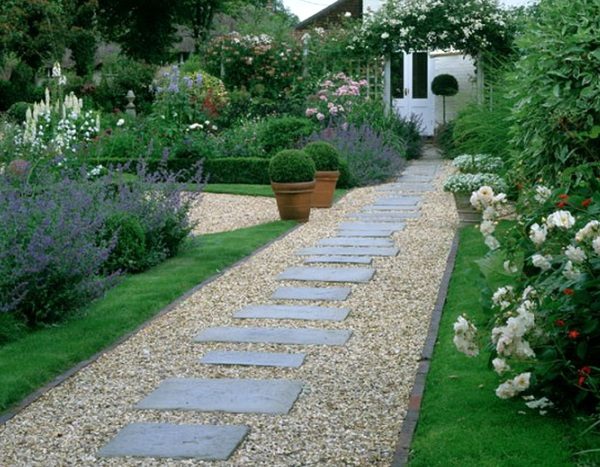
With your own hands, it is easiest to make bulk paths. As a coating, you can use inexpensive natural materials:
- pebble;
- crushed stone;
- gravel.
| Name | Estimated Cost |
| pebble | 6000-18000 rub / t |
| crushed stone | 1500-2000 rub / m³ |
| gravel | 400-500 rub / m³ |
The advantage of bulk coating is a simple manufacturing technology, a low estimate for consumables. Using a simple, beautiful path made of gravel, you can make the appearance of the garden more attractive. Enhances the decorative border of natural stone or brick.
Work stages
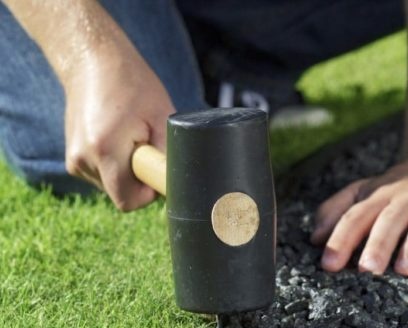
Bulk garden paths, so that they serve more than one year, must be done according to the rules. First make measurements and markup. Use pegs, twine, tape measure. Places where smooth bends are planned, for convenience, designate with pieces of an old garden hose.
At the next stage of work, shovels will be required: bayonet and shovel. They need to remove the topsoil (25-30 cm) - make a shallow trench. Cover its bottom with a geotextile. It will prevent weed germination. At the edges of the trench to establish a curbstone, pour 10-15 cm of sand at the bottom.
Tamp the sand pillow, pour water from the hose. At the final stage, pour gravel, gravel or gravel with a layer of 10-15 cm. Smooth the surface with a rake and the coating is ready for use. Care is easy:
- weed removal;
- bedding in places of subsidence;
- periodic leveling of the surface with a rake.
Use in landscape design
Soft gravel and pebble surfaces look good in flower beds. As a border, it is advised to use boulders, bricks, not high wicker willows. The clinker brick of red color and gray natural stone go well with the fine fraction of the coating.
The garden, decorated in a natural style, naturally looks soft paths with a surface of fine gravel without borders. They look natural, smoothly bend around trees, shrubs and flower beds.
A pool, an artificial pond in a summer cottage are not uncommon. You can make a zone near the reservoir with pebbles or rubble. This brings the visual picture closer to nature. Walking barefoot on pebbles is good for health, small fractions massage the feet.
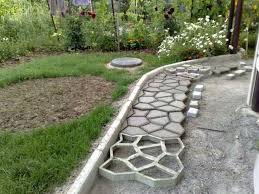 You may be interested in:
You may be interested in:Disadvantages and advantages
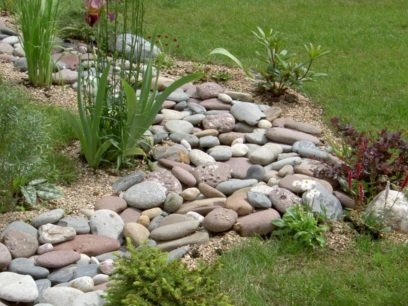
The advantages of loose garden paths are obvious. You can easily make them yourself, playing with the shape, width, size of fractions and the color of the bulk layer. They are functional and decorative, ideally protect shoes from dirt. Rain water does not stagnate on them, it quickly goes into the lower layers of the soil.
Disadvantages of soft bulk coatings:
- the inevitable emergence of weeds, the need to combat them;
- it is difficult to remove fallen leaves in the fall;
- in winter, an ice crust may appear on the surface, it cannot be chipped, part of the gravel will be removed together with ice.
We use improvised materials for garden paths
The use of improvised materials reduces the cost of coatings. Their low cost does not negate the exclusivity and durability of DIY garden paths.
Budget paths made of wood, bark and grass
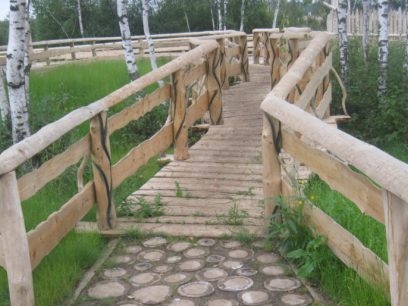 Organic mulch (pine bark) is used to create soft garden coverings. It comes in different sizes and colors. The bark creates a dense shelter through which weeds are difficult to break through. Bulk canvas made of wood bark looks decorative in the garden, flower garden, next to the pond, pool.
Organic mulch (pine bark) is used to create soft garden coverings. It comes in different sizes and colors. The bark creates a dense shelter through which weeds are difficult to break through. Bulk canvas made of wood bark looks decorative in the garden, flower garden, next to the pond, pool.
If the cottage has boards or pallets, then you can make a wooden walk with your own hands. It is convenient and pleasant to walk on, it is pleasant for visual and tactile perception. Wood at summer residents is always in the category of favorites. It is valued for its low cost, environmental friendliness, unique texture. There are impregnations on sale that protect the natural material from fungus. A garden path made of treated wood has served for more than a dozen years.
You can lay the boards on a sand pillow. But they will last longer if you use wooden logs as the basis. Multilevel wooden structures are used in summer cottages located in lowlands and on slopes. With their help, they easily beat the irregularities of the site.
In the flower garden, winding paths can be planted with lawn grass. They will resemble a green brook. The grass will have to be cut regularly. Only thick and short will it resemble a carpet. It’s nice to walk along such a path. In the middle lane recommend planting:
- meadow bluegrass;
- polevole;
- ryegrass.
Hemp track
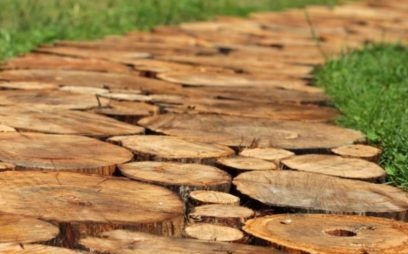
Need dry wood chocks. A round log and a rectangular beam will do. It is better if the cuts are of different diameters, it is easier to fill the area of the track with them. The masonry is more dense. The logs are first sanded, then sawn.
The thickness of the cuts is 15-20 cm.From rotting they are treated with hot linseed oil. They must be completely dry before installation. An important step is marking the track. Determine its trajectory, width. Mark out with pieces of old hose or pegs and twine.
Take out the ground. The depth of the trench is equal to the height of the saw cut plus 10-15 cm. Its bottom is covered with a geotissue, a layer of crushed stone of 7-8 cm and a layer of sand of 10-15 cm are poured over it. Each is leveled and tamped. Lay out the cuts. Press them into the sand. The gaps are filled with fine screenings, sand or soil mixed with lawn grass seeds.
Advantages of coatings from saw cuts:
- cheap;
- do simple and short;
- easy to repair;
- add natural color to the garden design.
Such paths can be made in the garden between high beds or ridges baskets. For borders, you can use the same logs, but do the cutting height 2 times as much. Garden paths with such borders look very organic.
Inexpensive and reliable asphalt waste tracks
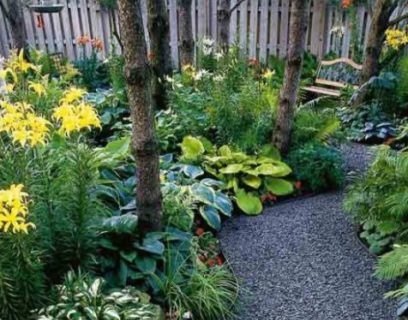
The cost of asphalt crumb is 1100 rub / m³. From it you can make a cheap but very durable track. Because of the low price, material is loved by summer residents. The coating of crumbs is resistant to moisture, durable.
On the marked area, remove the soil layer (20-30 cm), form a small slope for water flow. The trench is covered with geotextiles. Lay curbs. Fall asleep baby. Ram ramp.
Many summer residents prefer to save on asphalt crumb. They use beaten asphalt, buy it cheaply from road workers. Fill them with a prepared trench. The surface is smoothed with asphalt chips.
Practical garden tracks made of tires
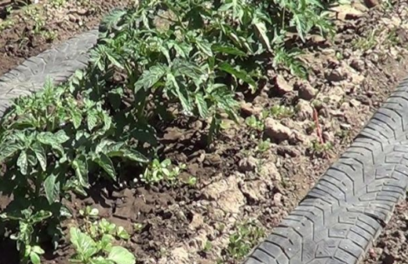
In rainy weather, I do not want to knead the dirt in the garden. An option from the economy category is paths between vegetable beds from tires. Car tires are resistant to high and low temperatures. During rain, the cover of them is safe for movement, it does not slip and protects shoes from dirt.
From one tire from a passenger car, you can make a 2 meter strip. On a 2 m path, 0.6 m wide, you need 3 tires. Using this formula, you can calculate the right amount of material. Tires must be laid according to the algorithm:
- from galvanized wire with a cross-section of 3 mm to make U-shaped staples;
- at the tires, cut off the sidewalls, cut each one with a grinder into pieces 30-40 cm long;
- step back from the edge of 2.5 cm and drill holes with a diameter of 4 mm, they are needed to connect pieces of tires into a single canvas;
- insert staples and bend;
- lay the canvas on a prepared, leveled surface.
Bottle paths
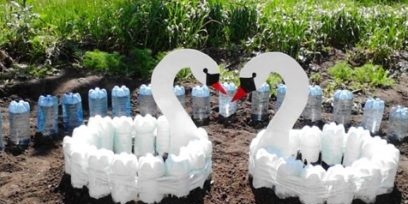
Plastic bottles are used for the manufacture of various devices. Summer residents make them durable coatings. Food-grade plastic hibernates well; summer heat is not afraid of it. It’s tiresome to pave a large path with bottles, and it takes a little time to design small segments of time.
Most of the time will be spent on preparing the trench. They dig it all the way. The soil is removed to the height of the bottle + 3-5 cm. The bottom is filled with sand, the layer thickness is 5-10 cm. Each bottle is filled with crushed stone or sand, twisted.
They put the bottles in the trench upside down close to each other. Using a hammer and a level board, they are aligned in height. The gaps between the bottles are filled with a dry mixture of sand (6 parts) and cement (1 part). The entire surface of the watering can is watered.
Types of garden paths made of natural stone
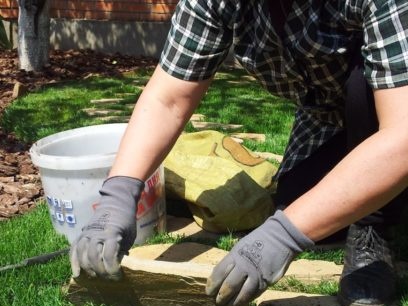
Natural stone blends well with bulk materials. To create an inexpensive, original coating using natural stone and gravel. The technology for making bulk paths is standard.
Unformatted flat stone flagstone (sandstone, limestone, slate, dolomite) is popular among the owners of country houses. From it make paved and stepping garden paths. Limestone may be yellow, gray, brown.
Laying is carried out on a solution, a dry mixture or sand.The method depends on the type of paving and how the path is used. On the lawn a stepping path made of flagstone looks great. Stones for it are selected with a thickness of 1 to 7 cm. They are laid with a gap of 4-5 cm.
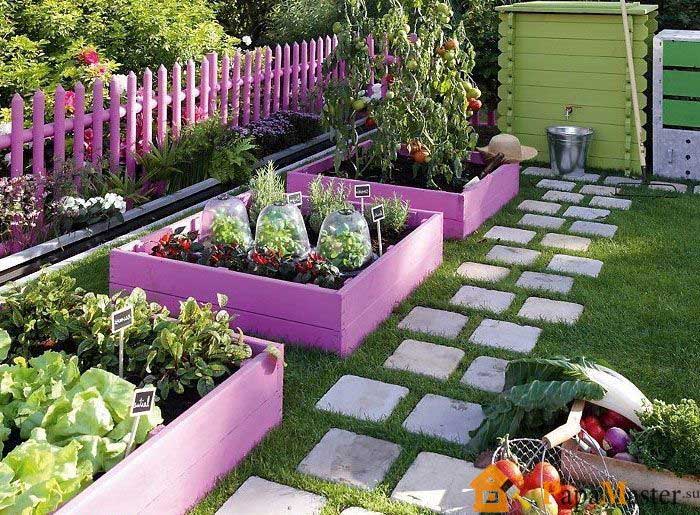 You may be interested in:
You may be interested in:Concrete Garden Paths
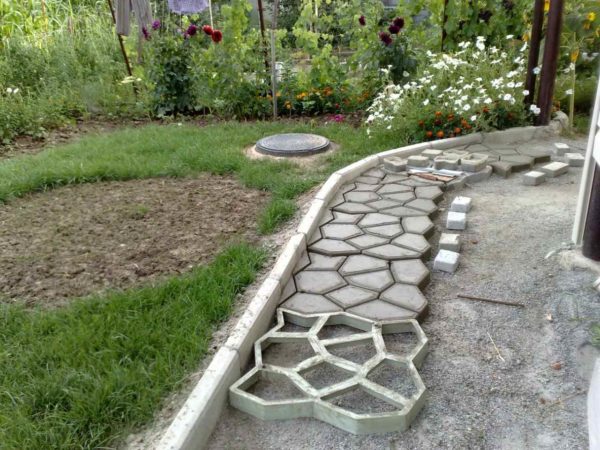
The process of making concrete tracks is not complicated. But it takes time and physical strength. Concrete can be bought ready-made or mixed independently from water, cement and sand. At the stage of preparation, the track is marked: soil is removed with a thickness of 25 cm, the bottom of the trench is leveled.
From sand and gravel a pillow is formed with a thickness of 15 cm. It is leveled, tamped. Provide a slight bias in one direction or elevation in the center. They lay the reinforcing mesh, put the formwork from the boards along the edges of the trench, and pour concrete.
Knead it from 1 part of cement brand M-500, 3 parts of sand and water at the rate of 2.5 liters per kilogram of cement. Crushed stone is added to the fortress. All concrete work is carried out in dry weather at an air temperature above 0 ° C, the concrete surface is leveled with the rule. For 7 days, close with plastic wrap.
If desired, decorate the concrete surface:
- painted with acrylic paint;
- apply the ironing method;
- apply a pattern reminiscent of paving stones on uncured concrete;
- crush pebbles, shells.
Paving slabs
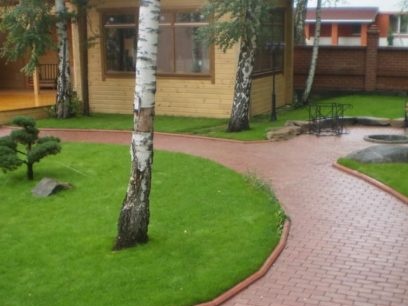
The main ways of movement in the country should be non-slip, frost-resistant, have a decorative look. Their strength and durability are prerequisites. Paving slabs are an affordable and popular material. It is used where hard coating is needed.
Advantages of paving slabs:
- durability;
- decorativeness;
- withstands high loads;
- comfortable for movement;
- easy to keep clean.
Make tracks out paving slabs on your own. It will take sand, gravel and instruments:
- tamper;
- shovels;
- level;
- pegs and lace;
- mallet hammer (rubber);
- Bulgarian;
- brush (broom).
Make markings, take out the soil, level the bottom. A cushion is formed from river coarse sand and crushed stone, and borders are set at the edges. The pillow is rammed, spilled with water. Start laying tiles. Be sure to leave gaps (seams) of 3-6 mm. At the end of the work, they are filled with sand.
Alternative materials for garden paths
Coatings made of concrete are decorated with different rubbish, which is full in the country. Screws, bottle caps, pan covers, broken dishes, old tiles from the bathroom, unnecessary coins, buttons are used.
They put the formwork. Cement mortar is mixed and poured onto the prepared area. All the "good" that was found in the country, spread on top. Gently squeeze every detail into the solution. When it dries, the formwork is removed.
Using plastic corks
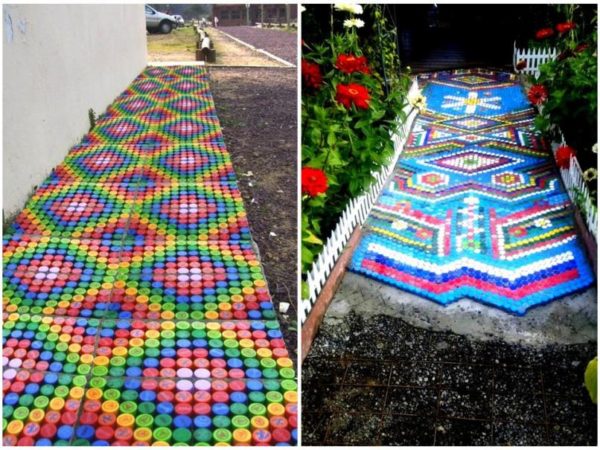
From multi-colored corks from plastic and glass bottles, beautiful patterns are laid out on concrete coatings. Lids are pre-sorted by size, color. If desired, the motifs of the patterns are done in advance. For their manufacture, an awl and a fishing line are required.
The awl is heated, they make holes in the side walls of the covers. Using a fishing line, they connect colorful parts according to the chosen ornament. A garden plot is prepared and poured with concrete. Motives are laid after the concrete surface is slightly set, but does not harden.
How to use broken tiles
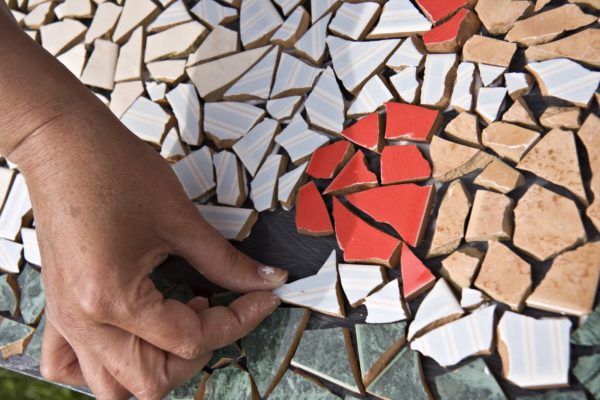
Practical summer residents do not throw out old tiles; they use it in the arrangement of a summer residence. Broken tile serves as an excellent decoration of garden paths. From it make small colorful rugs in different parts of the garden.Mark the boundaries, remove 8-10 cm of the earth, level and tamp the surface.
Install the formwork. Pour a layer of small gravel, fill it with concrete, level with a trowel. When the concrete surface begins to set, shards are laid, creating a unique pattern. Finish the work by sealing joints. Use putty or grout. From unnecessary tiles quickly and inexpensively make an exclusive path in the garden.
It is difficult to decide which path to make in the country - from wood, concrete or natural stone. Each material has its own advantages. The type of paving must be chosen, taking into account the type of soil, the size of the track, its practical application.

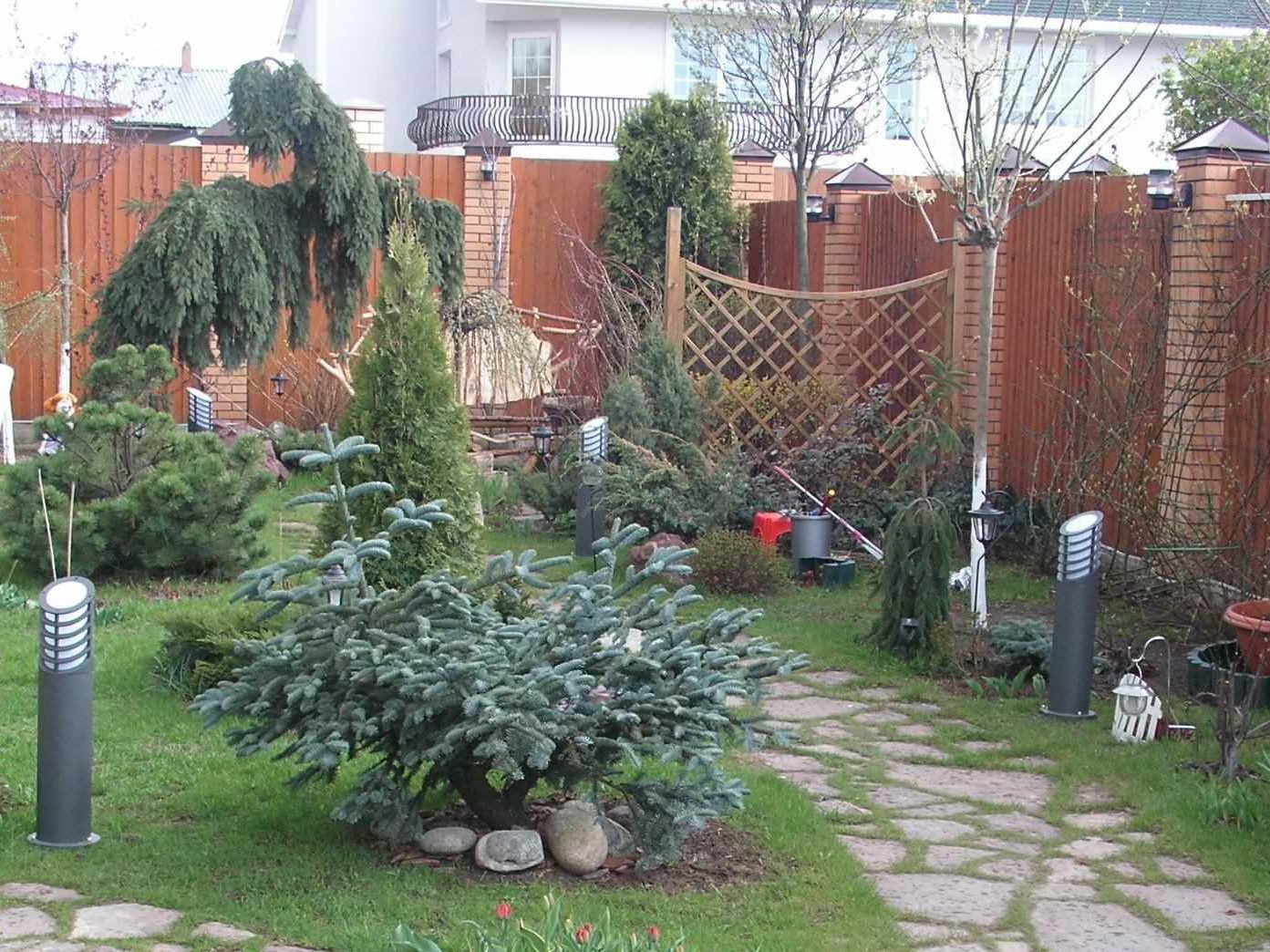
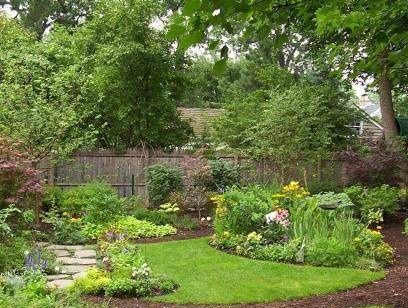
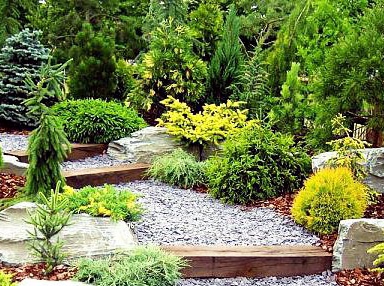

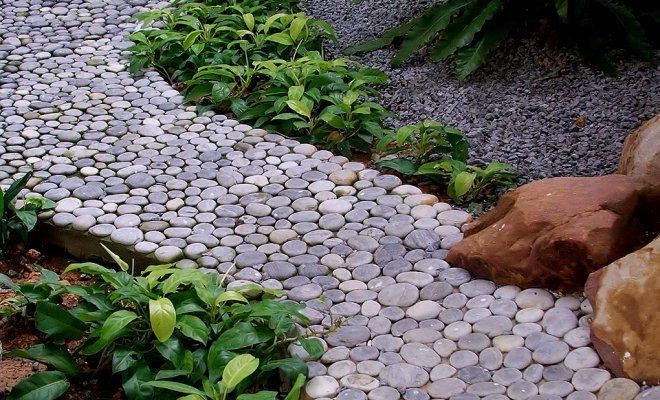
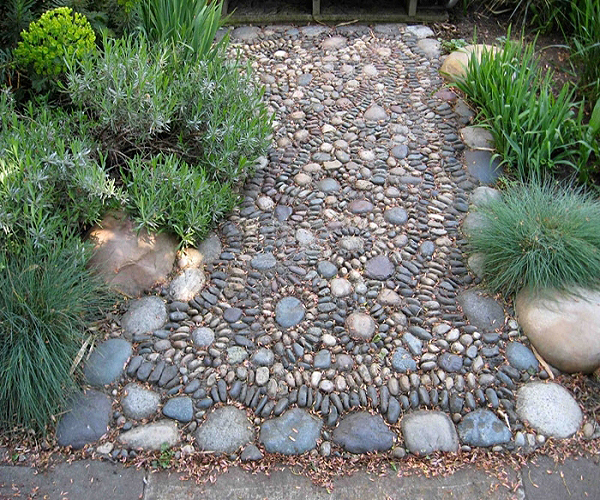
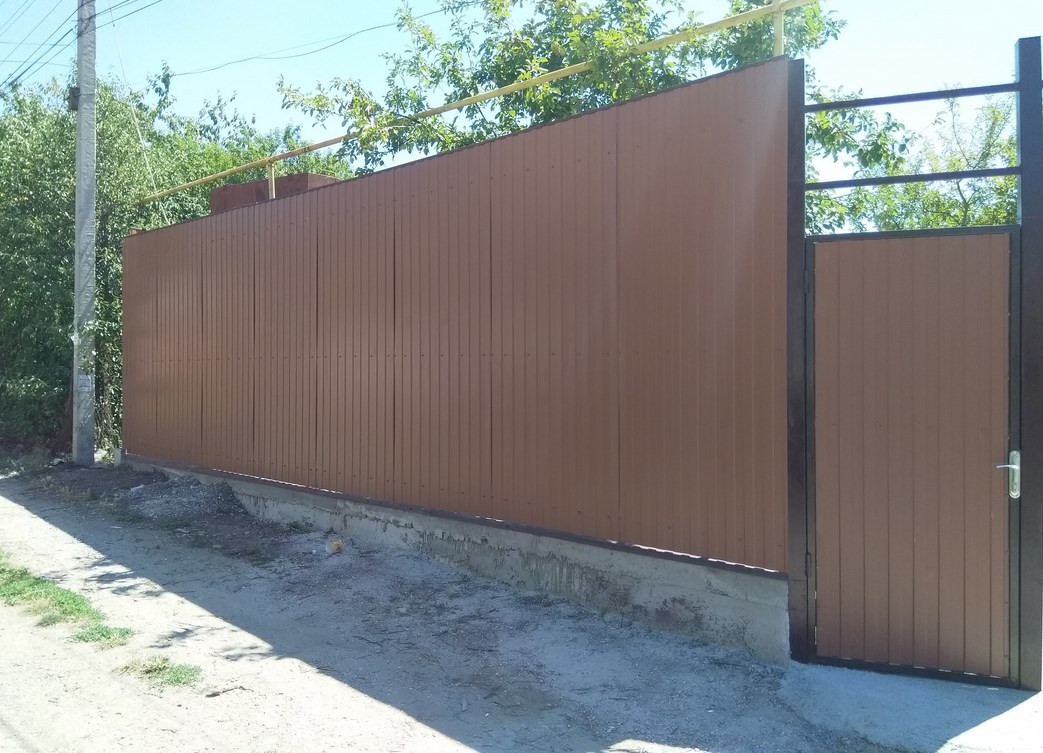
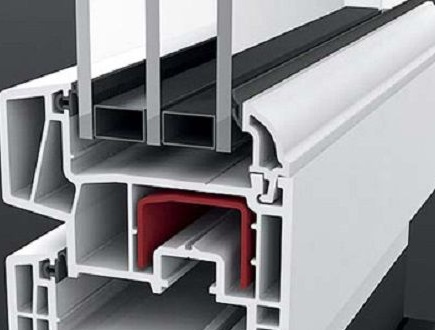

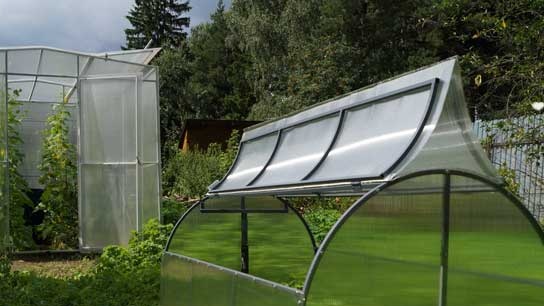 Why is a greenhouse open top?
Why is a greenhouse open top?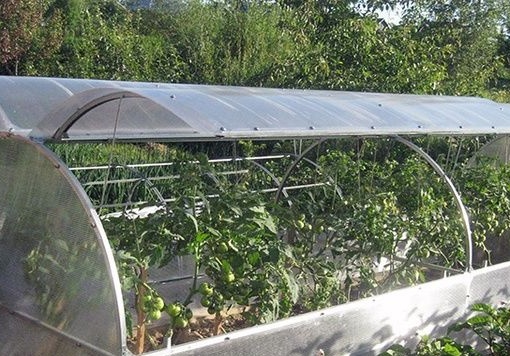 Greenhouse "Butterfly", is it worth it?
Greenhouse "Butterfly", is it worth it?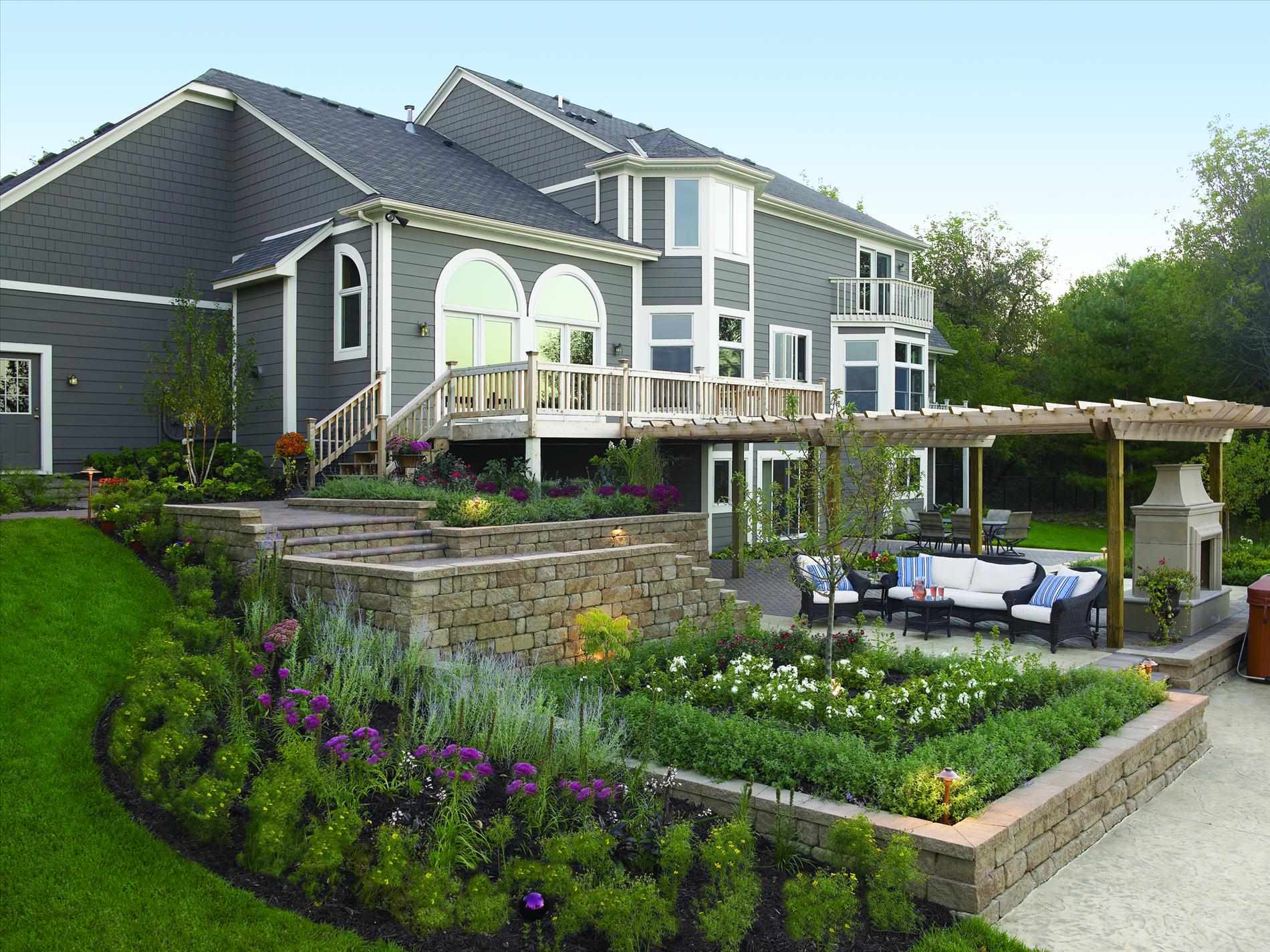 Do-it-yourself landscaping of an area of 8 acres: features of planning and zoning
Do-it-yourself landscaping of an area of 8 acres: features of planning and zoning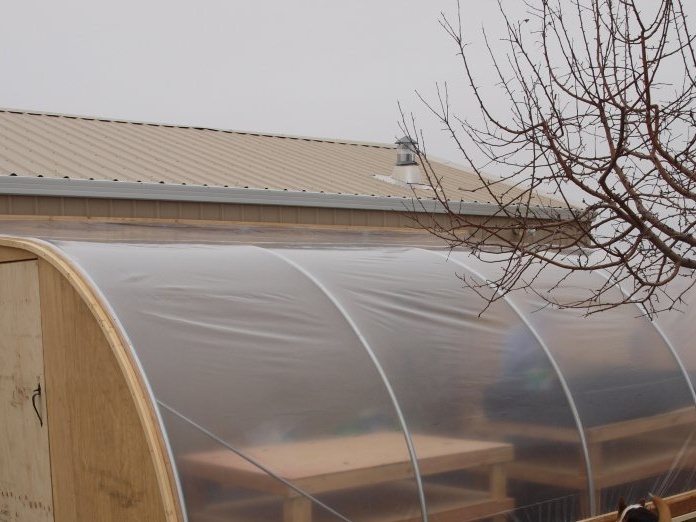 Shed greenhouse, pros and cons
Shed greenhouse, pros and cons
Alexander
The main thing is not to go barefoot
Great !!!
What to say!
Rasykh
Cheaper paving stones and hire.
Sergey
Aspen and alder — rot over the summer — and everything is so beautiful